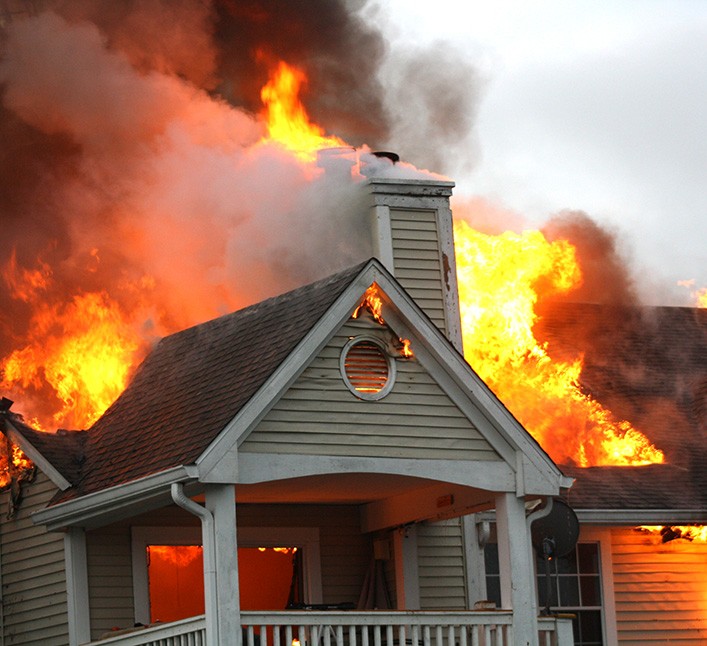Introducing CPR Restoration Services
CPR stands as a beacon of hope amidst the chaos wrought by fire and smoke damage incidents. Equipped with expertise, cutting-edge technology, and unwavering dedication to client satisfaction, CPR Restoration offers comprehensive restoration solutions tailored to meet each client's unique needs.
From initial assessment to final cleanup, our team is committed to restoring properties with precision, care, and efficiency. Contact us today at (206) - 867 - 0057 or email us at Info@fromcpr.com for expert guidance on navigating the intricate process of fire & smoke damage restoration.
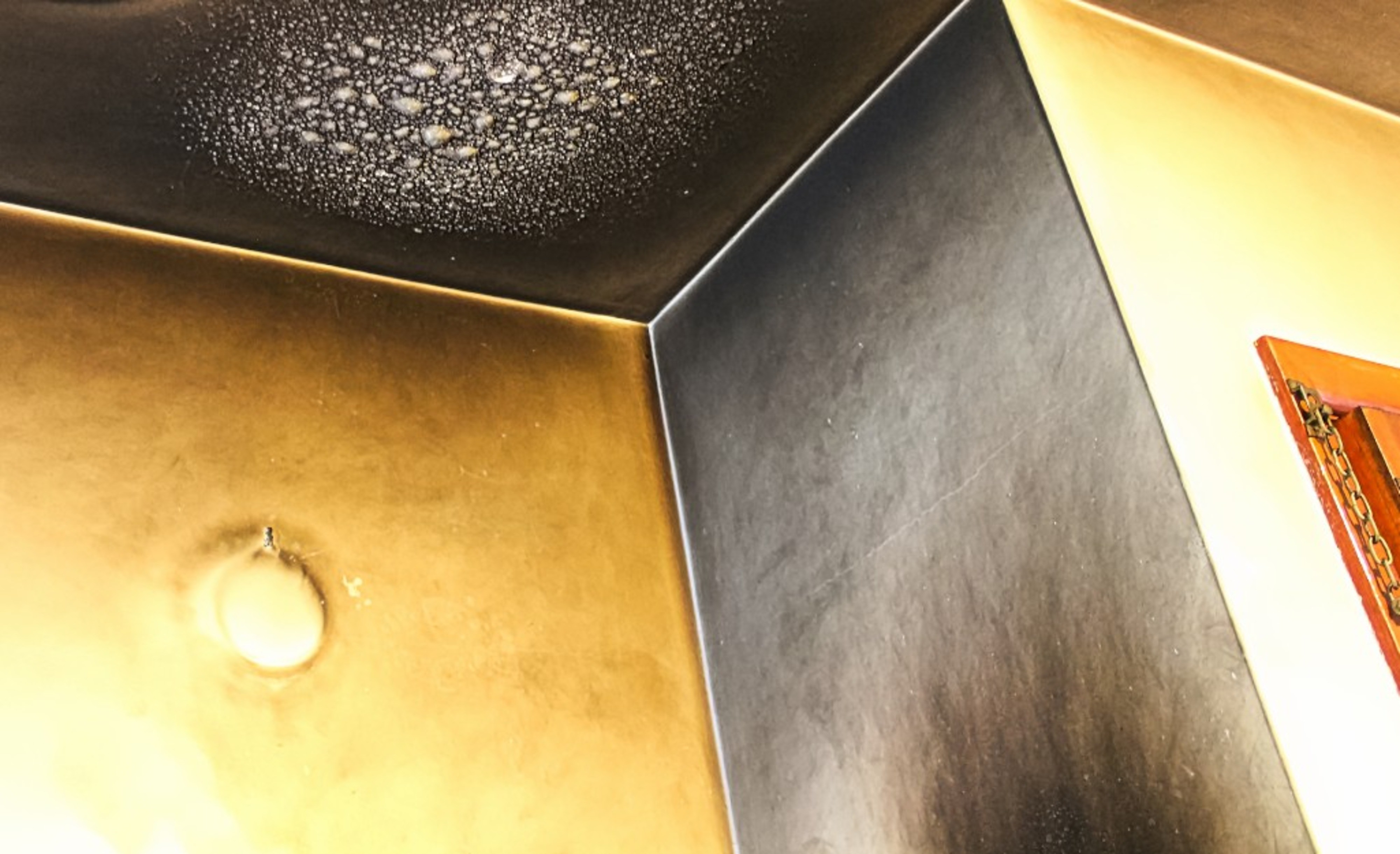
Understanding Fire & Smoke Damage
Different Types of Fires and Their Impact on Property
Fires can be classified into various types based on their sources and the materials they consume. Common types include electrical fires, kitchen fires, chemical fires, and wildfires. Each type poses unique challenges for restoration experts due to the different substances burned and temperatures reached.
Electrical fires, for example, may leave behind soot mixed with conductive particles that require specialized cleaning techniques to prevent further damage to electronic devices. Kitchen fires often produce greasy residues that can permeate porous materials like wood or upholstery, necessitating thorough cleaning to eliminate odors.
How Smoke Travels and Causes Secondary Damage
Smoke is not confined solely to the area where the fire occurred but can travel through HVAC systems, vents, and openings in walls spreading soot and odor throughout a property. This secondary damage can affect areas seemingly untouched by flames but now coated in a thin layer of smoke residue.
The acidic nature of smoke residues accelerates corrosion on metal surfaces while also discoloring walls, ceilings, and fabrics over time. Understanding how smoke travels allows restoration professionals to target not just the visible damage but also hidden areas where odor-causing particles may linger.

Health Hazards Associated with Fire & Smoke Residues
Fire-damaged properties pose serious health risks due to the presence of toxic substances released during combustion. Inhaling soot particles or volatile organic compounds (VOCs) from smoke can lead to respiratory issues such as asthma exacerbation or irritation of the eyes, nose, and throat. Prolonged exposure to these contaminants may even cause long-term health problems.
Additionally, the presence of carcinogens in smoke residues underscores the importance of wearing proper protective gear during restoration efforts to minimize health hazards for both occupants and technicians working on-site. Wildfire smoke particulates have been shown to contain harmful chemicals that can penetrate deep into lung tissues when inhaled.
Restoration Process
Initial Assessment and Damage Evaluation by Professionals
Upon arrival at the fire-damaged property, trained restoration professionals conduct a thorough initial assessment to determine the extent of the damage. This assessment involves inspecting all affected areas, identifying structural damage, assessing smoke residues, and evaluating the overall safety of the building. Through this meticulous evaluation, experts can develop a comprehensive restoration plan tailored to address specific needs and challenges posed by the fire and smoke damage.

Securing the Property to Prevent Further Damage or Looting
One crucial aspect of fire and smoke damage restoration is securing the property to prevent additional harm or unauthorized access. Restoration teams prioritize securing entry points, boarding up windows, and setting up temporary fencing if necessary. By implementing these security measures promptly, they not only safeguard against potential looting but also prevent further environmental exposure that could exacerbate existing damage.
Removal of Debris, Soot, and Damaged Materials
The next step in the restoration process involves removing debris, soot residues, and any materials damaged by fire or smoke. Restoration professionals utilize specialized equipment such as industrial vacuums, brushes, and scoops to meticulously clean affected surfaces.
This meticulous debris removal not only improves air quality within the property but also lays down a clean foundation for subsequent restoration work. Additionally, prompt removal of soot residues helps prevent further deterioration of surfaces due to acidic compounds present in smoke particles.
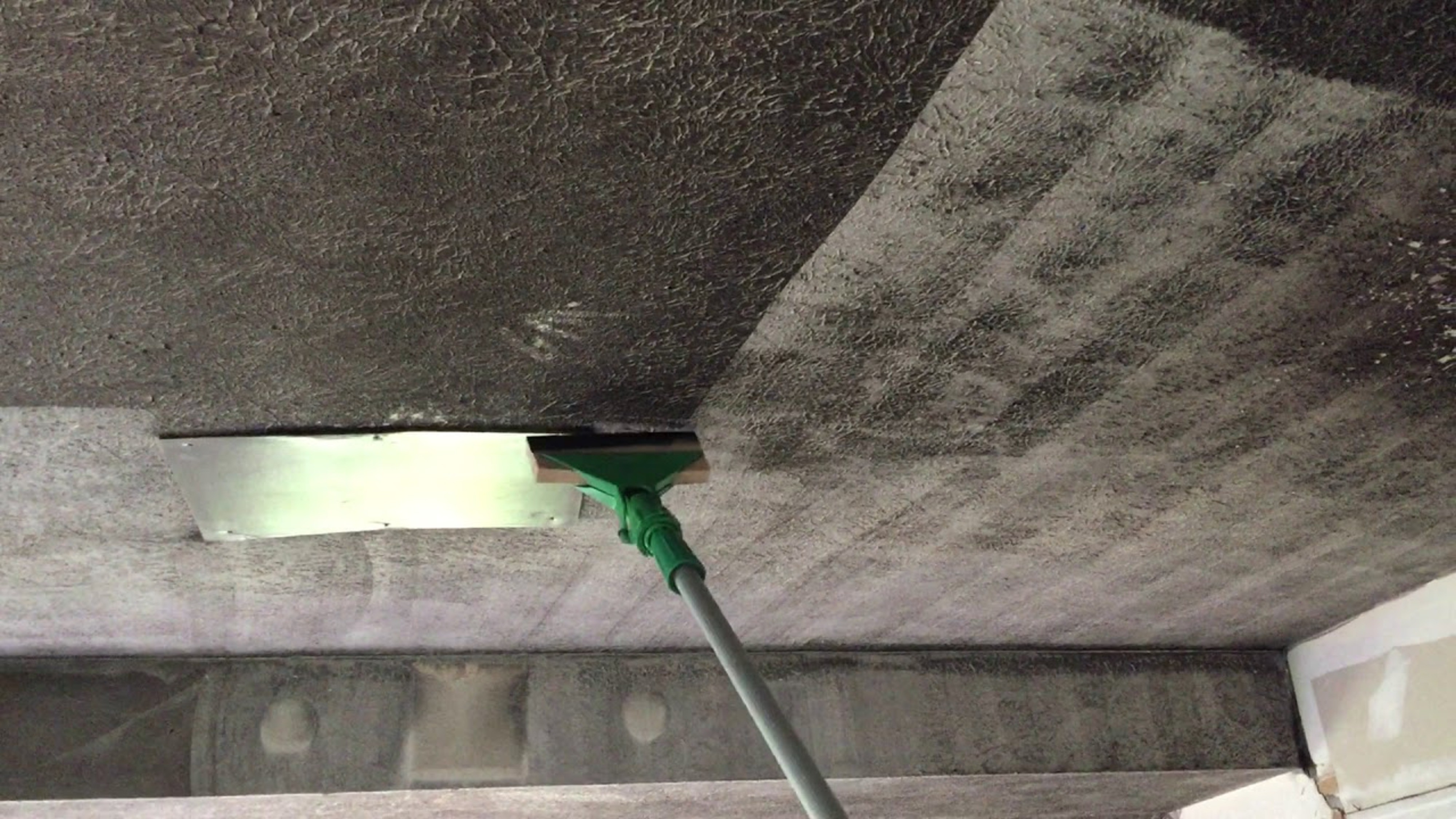
Cleaning and Deodorization Techniques for Smoke-Damaged Areas
Cleaning and deodorization are critical steps in restoring a property after fire and smoke damage. Restoration experts employ various techniques such as dry cleaning for fabrics, scrubbing surfaces with specialized cleaning agents for soot removal, and utilizing thermal foggers for deodorization purposes.
These methods effectively eliminate odors embedded in walls, furniture upholstery, carpets, and other porous materials. By combining expertise with advanced cleaning technologies, professionals ensure that the property is not only visually restored but also free from lingering odors associated with smoke damage.
Specialized Equipment Used in Restoration
Air Scrubbers for Removing Airborne Particles
When it comes to restoring a property after fire and smoke damage, one of the essential pieces of equipment used is the air scrubber. These high-powered devices are designed to effectively remove airborne particles that may contain harmful contaminants and odors.
Air scrubbers work by drawing in air through filters that capture particles, soot, and other debris, then releasing clean air back into the environment. This process helps improve indoor air quality significantly during the restoration process.
Professional restoration technicians rely on air scrubbers to create a safer and cleaner environment for both themselves and the occupants of the property being restored. The HEPA filters used in air scrubbers are especially efficient at trapping tiny particles that can cause respiratory issues if inhaled.
By continuously circulating and filtering the air, these devices play a crucial role in reducing allergens, dust, smoke residues, and other pollutants present after a fire incident. Using advanced technology, modern air scrubbers are equipped with multiple filters to address different types of contaminants effectively.
Some models also come with carbon filters to help eliminate odors along with particles. Restoration experts strategically place these units throughout the affected area to ensure thorough purification of the indoor environment, ultimately aiding in the overall restoration process post-fire or smoke damage.
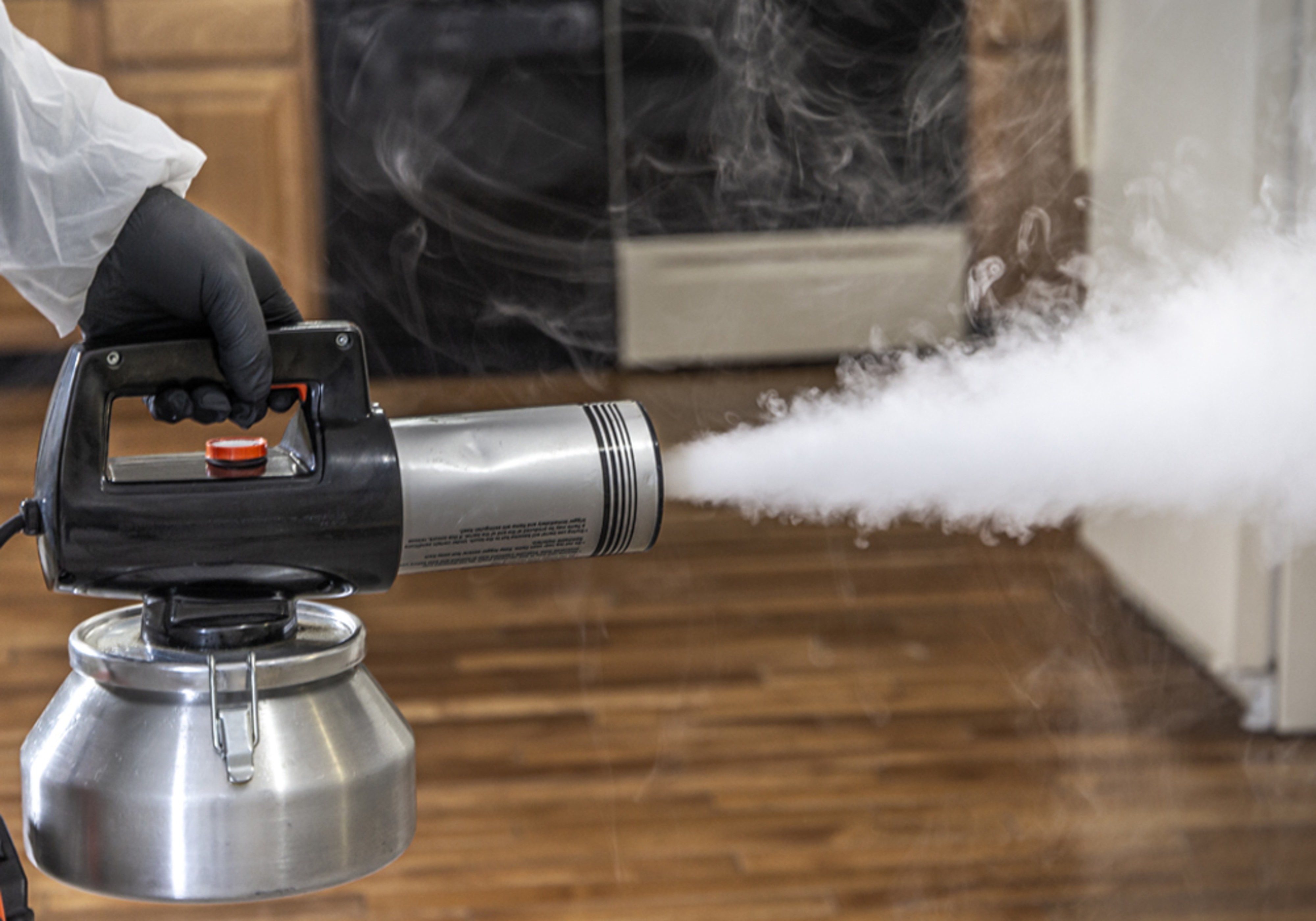
Thermal Foggers for Deodorization
In situations where lingering odors from smoke damage persist even after cleaning efforts have been made, thermal foggers are indispensable tools for deodorization. Thermal fogging is a technique used by restoration professionals to break down odor-causing molecules and neutralize unpleasant smells effectively.
The process involves heating a special deodorizing solution until it vaporizes into a mist or fog that can penetrate every nook and cranny where odors may be trapped. The thermal fogger disperses this deodorizing fog throughout the affected area, allowing it to reach areas that might be challenging to access through traditional cleaning methods alone.
As the fog settles on surfaces within the space, it reacts with odor molecules at a molecular level to eliminate them completely rather than simply masking them temporarily like some air fresheners do. Thermal fogging is particularly effective in combating stubborn smoke odors that have permeated porous materials such as walls, ceilings, carpets, and furniture.
Restoration professionals often use thermal fogging as part of their comprehensive approach to odor removal during fire damage restoration projects. By deploying this specialized equipment strategically after thorough cleaning procedures have been completed, they can ensure that not only visible debris but also hidden odors are addressed thoroughly for a complete restoration of indoor air quality.
Ozone Generators for Neutralizing Odors
Ozone generators are another powerful tool utilized by restoration experts for odor neutralization following fire and smoke damage incidents. Ozone (O3) is an unstable molecule composed of three oxygen atoms known for its strong oxidizing properties that break down odor-causing compounds when exposed to them.
Ozone generators work by producing ozone gas which is dispersed into the affected space where it reacts with odorous molecules through oxidation processes. The ozone gas produced by these generators penetrates porous materials like fabrics, upholstery, carpet fibers deeply reaching areas where odors might be embedded due to smoke exposure.
This penetration capability makes ozone treatment highly effective in eliminating stubborn smells that may linger even after extensive cleaning efforts have been made during restoration projects post-fire incidents or smoke damage events. During ozone treatment sessions,, it's vital for all occupants including pets,, plants,, food items,, electronic appliances,, etc.,}re removed from space being treated as ozone can be harmful when concentrated levels breathed in} excessively high concentrations}.
Once treatment completed,,, proper ventilation required,,, allowing enough time safely reduce ozone levels back acceptable limits} before re-entry}. When used correctly under trained professionals' guidance}, ozone generators prove an invaluable asset restoring properties serious odor issues caused fires or}smoke-related problems}.
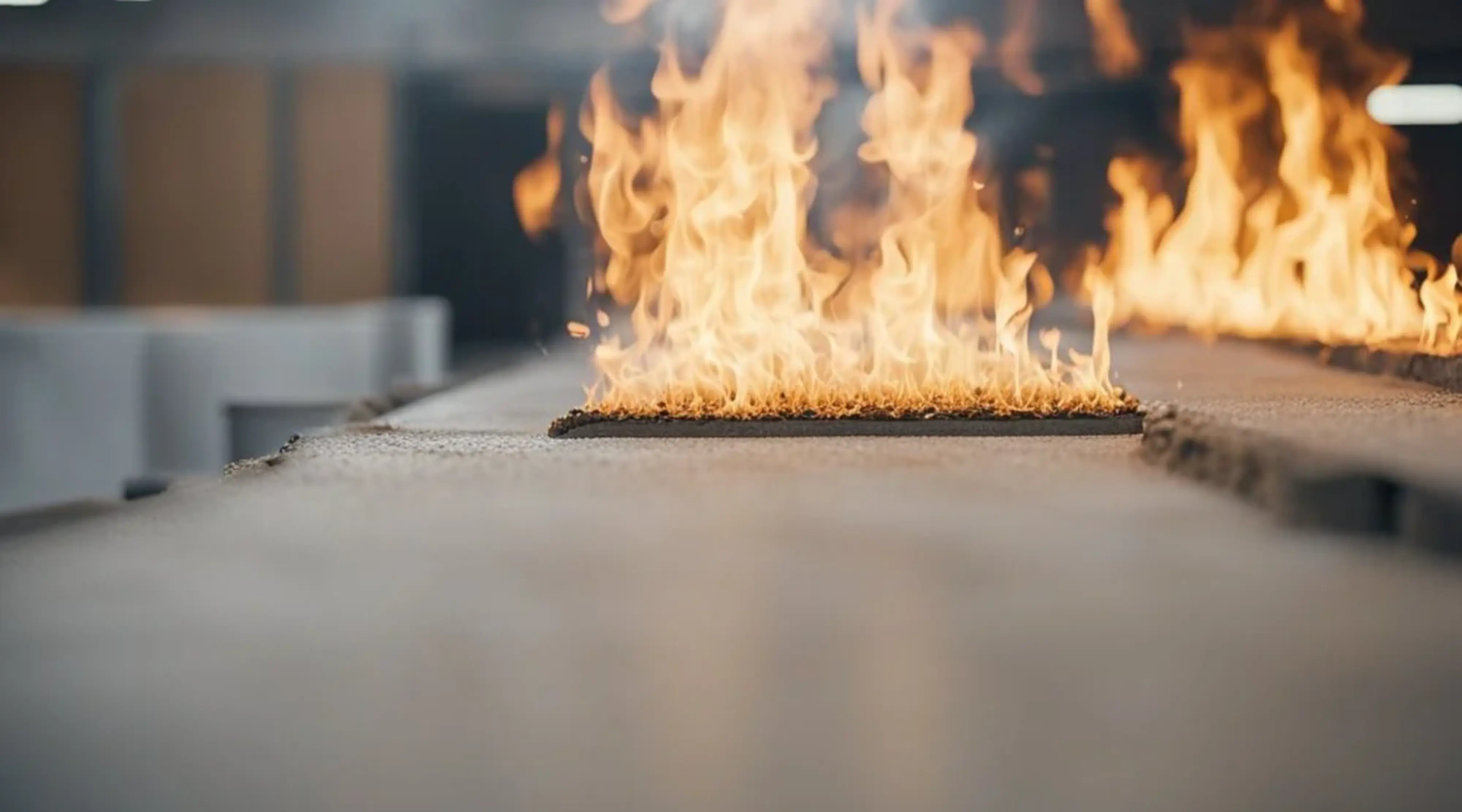
Types of Materials Affected by Fire & Smoke Damage
Wood, Drywall, and Insulation
Wood, drywall, and insulation are commonly found materials in homes and buildings that are significantly affected by fire and smoke damage. Wood can char, warp, or even ignite during a fire, leading to structural instability. Drywall is porous and can absorb smoke odors and soot particles, requiring thorough cleaning or replacement.
Insulation materials like fiberglass can become saturated with smoke residue, compromising their effectiveness. In the case of wood damage, restoration professionals may need to assess the extent of charring and structural integrity before determining if repairs or replacements are necessary.
Drywall affected by smoke damage often needs to be removed to access the framework behind it for proper cleaning and deodorization. Insulation damaged by smoke can lose its insulating properties and may need to be removed and replaced to ensure energy efficiency.
The restoration process for wood, drywall, and insulation involves a combination of techniques such as HEPA vacuuming to remove soot particles, dry sponging to clean surfaces, and thermal fogging for deodorization. Special care must be taken with these materials as improper cleaning methods can further damage them or spread contaminants throughout the property.
Fabrics, Upholstery, and Carpets
Fabrics, upholstery, and carpets are susceptible to fire and smoke damage due to their porous nature which allows odors and residues to penetrate deeply. Fabrics like curtains or bedding can absorb smoke odors quickly while upholstery on furniture may retain soot particles that are difficult to remove. Carpets not only trap smoke residues but also water from firefighting efforts if not addressed promptly.
Restoration specialists use a variety of cleaning methods specific to fabrics such as dry cleaning for delicate items or hot water extraction for carpets to effectively remove smoke residues without causing further damage. Upholstery often requires special treatments tailored to the type of material used in its construction.
In cases where fabrics cannot be salvaged due to extensive damage from fire or smoke exposure, replacement may be necessary. However professional restoration services aim at restoring as much as possible through specialized cleaning techniques that target deep-seated odors without causing harm to the fabric fibers.
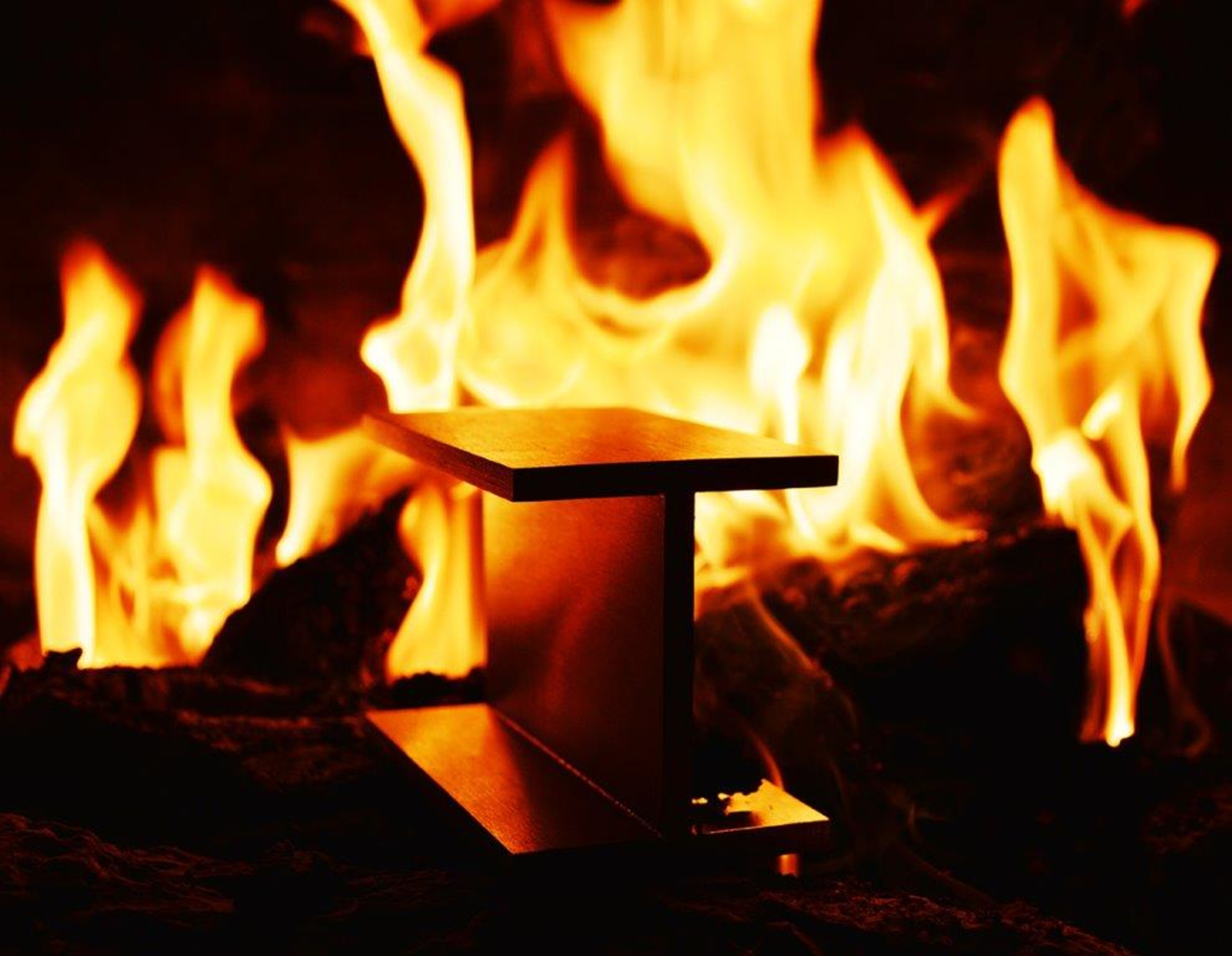
Metals, Glass And Plastics
Metals such as aluminum or steel typically show signs of corrosion after being exposed to fire damage due to high temperatures accelerating oxidation processes on their surfaces. Glass windows can shatter from extreme heat while plastic materials like PVC piping can melt leading to potential leaks or structural issues within a building.
Metal corrosion caused by fire exposure requires careful surface treatment using appropriate cleaners that prevent further deterioration while restoring the material's integrity. Glass windows damaged in a fire must be assessed for cracks or weakening before either repairing or replacing them entirely depending on the extent of the damage.
Plastic components affected by heat stress may become brittle making them prone... Restoration experts employ specialized techniques tailored towards each material type's unique characteristics ensuring comprehensive cleanup efforts that minimize long-term effects from fire & smoke exposure while restoring properties back.
Preventive Measures Against Future
Installing Fire Protection Systems
Investing in modern fire protection systems is crucial for preventing extensive fire damage. CPR Restoration suggests installing smoke alarms in every room, as they are the first line of defense against fires.
Fire sprinkler systems can also be installed to quickly extinguish flames and minimize property damage. Regularly testing these systems and ensuring they are up-to-date is essential for their effectiveness in emergencies.
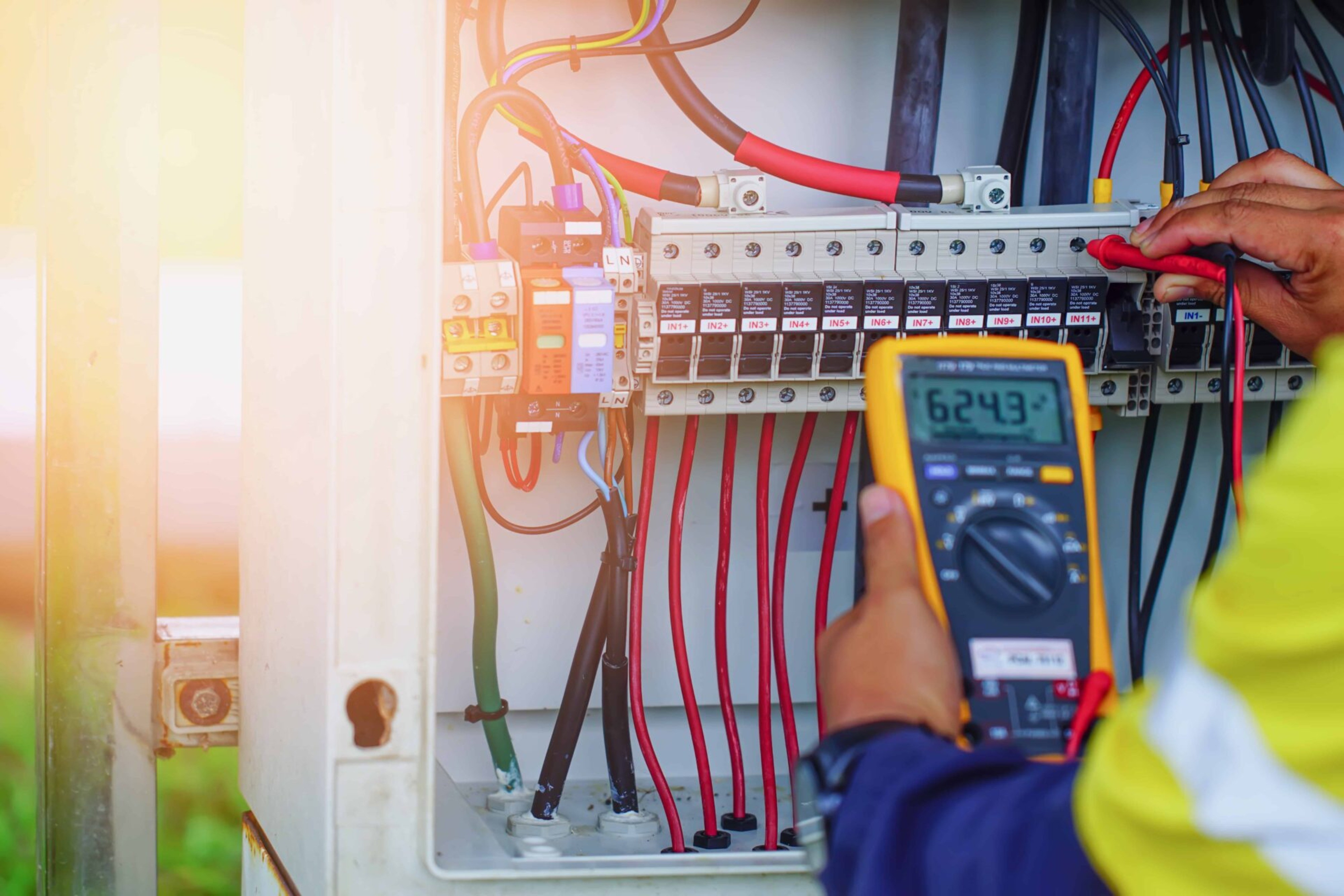
Maintaining Electrical Systems
Faulty electrical wiring is a common cause of residential fires. To prevent electrical fires, it's important to have a licensed electrician inspect the wiring regularly.
CPR Restoration advises homeowners to avoid overloading outlets, use surge protectors, and replace frayed wires immediately. Taking proactive measures to maintain electrical systems can significantly reduce the risk of fire incidents.
Conclusion
While experiencing fire and smoke damage can be devastating, taking proactive steps towards prevention and recovery is key to safeguarding your property and loved ones. By implementing fire safety measures, educating yourself on potential risks, and investing in protective systems, you can greatly reduce the likelihood of future disasters.
Remember that resilience lies not only in overcoming challenges but also in learning from them to create a safer environment for all. Stay informed, stay prepared - together we can build a safer tomorrow!
